Wearing Inappropriate Clothing That Offends Sacred Traditions
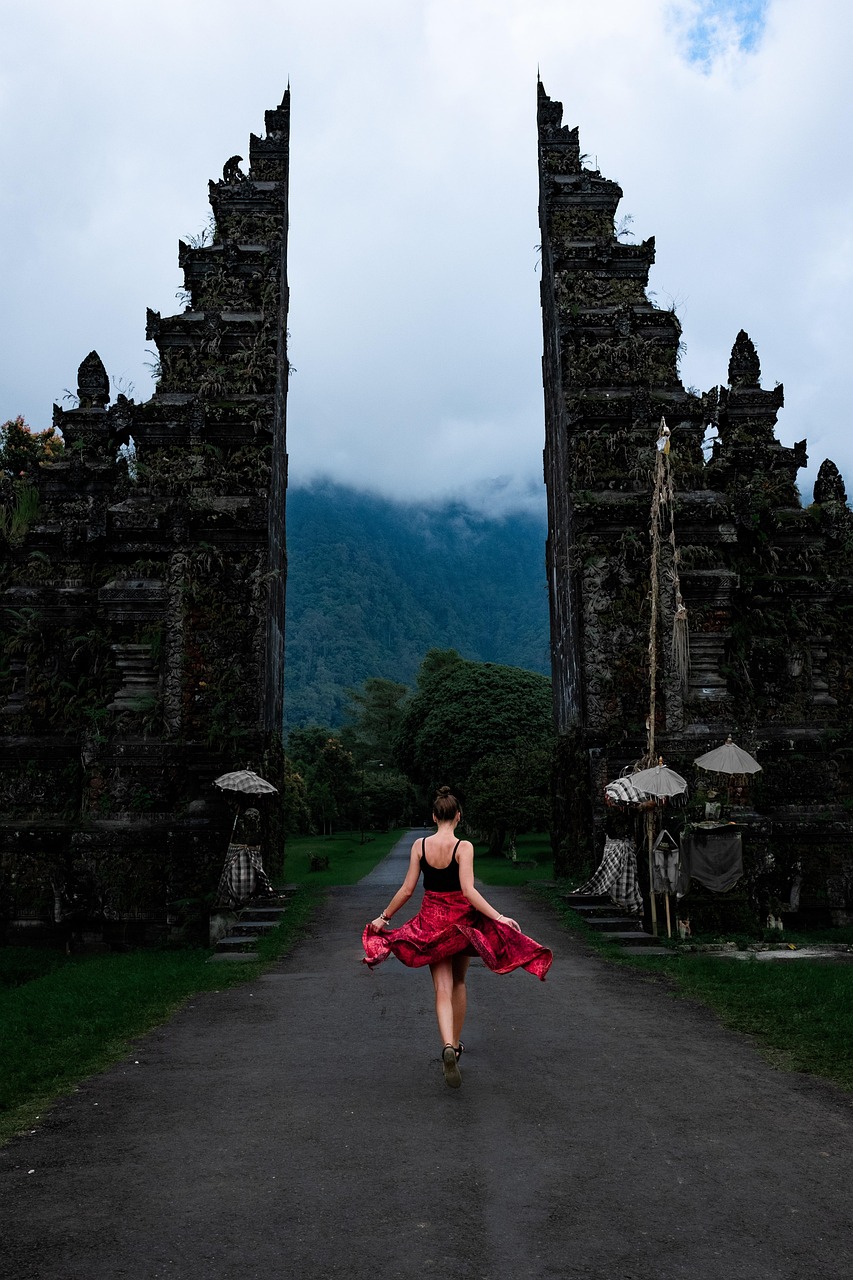
Picture this: you’re wandering through the golden gates of a stunning Buddhist temple in Thailand, ready to capture that perfect Instagram shot, when suddenly you find yourself surrounded by security guards and local police. A group of Russian tourists was recently arrested at Pengubengan Besakih Temple for not dressing appropriately at the sacred site. This isn’t just about fashion choices — it’s about respecting cultures where modesty isn’t optional, it’s sacred. Shoulders should be covered and long pants should be worn rather than shorts. Some temples in tourist places may be more lenient, but your modesty will be appreciated. Failure to do so may result in being denied entry. In some very strict Bangkok temples, torn jeans or leggings are banned. But generally speaking the rules are a little more relaxed than that. Your clothes should cover shoulders and knees and be high-necked. What seems like a simple dress code violation can escalate quickly when temple authorities view it as deliberate disrespect to their sacred space.
Taking Selfies With Your Back to Buddha Statues
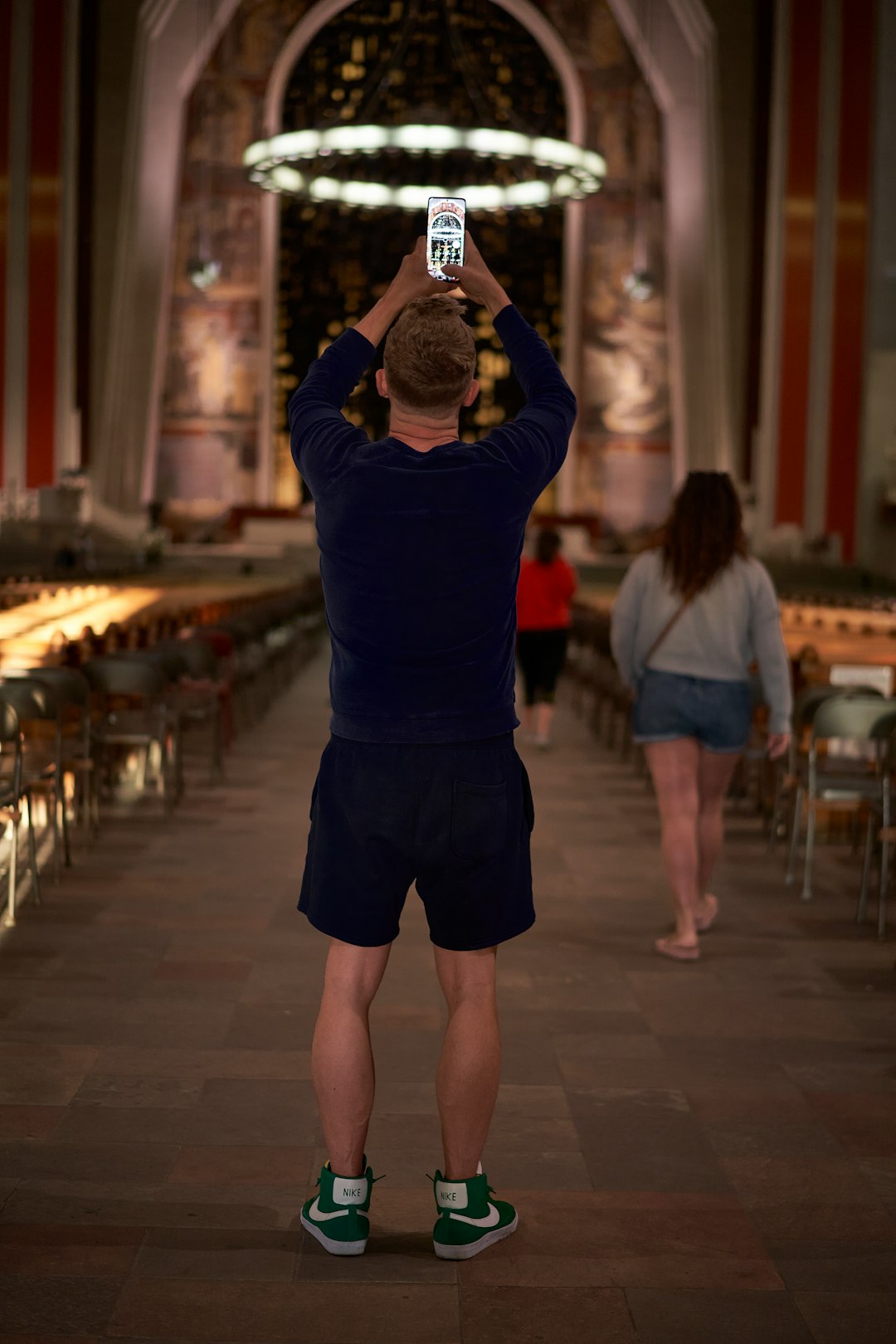
For travelers, the most common offense committed inside of temples is to pose for a photo or selfie with back turned to a Buddha image. You might think you’re just getting a cool background shot, but turning your back to Buddha is like giving the middle finger to everything the temple represents. To show respect to the Buddha image, try not to turn your back to it. By turning your back to it you are showing a dismissive attitude, as you would if you raised yourself above a Buddha image. Approach facing the Buddha and when you are ready to leave the temple, back away from it until you are quite a few metres away. Try to back away from the Buddha statue a short distance before turning your back. Don’t turn your back while near the Buddha statues to snap a selfie! This isn’t just about manners — in many Buddhist cultures, this act is seen as profoundly disrespectful and can result in immediate ejection from the temple grounds or worse.
Vandalizing Sacred Structures for Social Media Fame
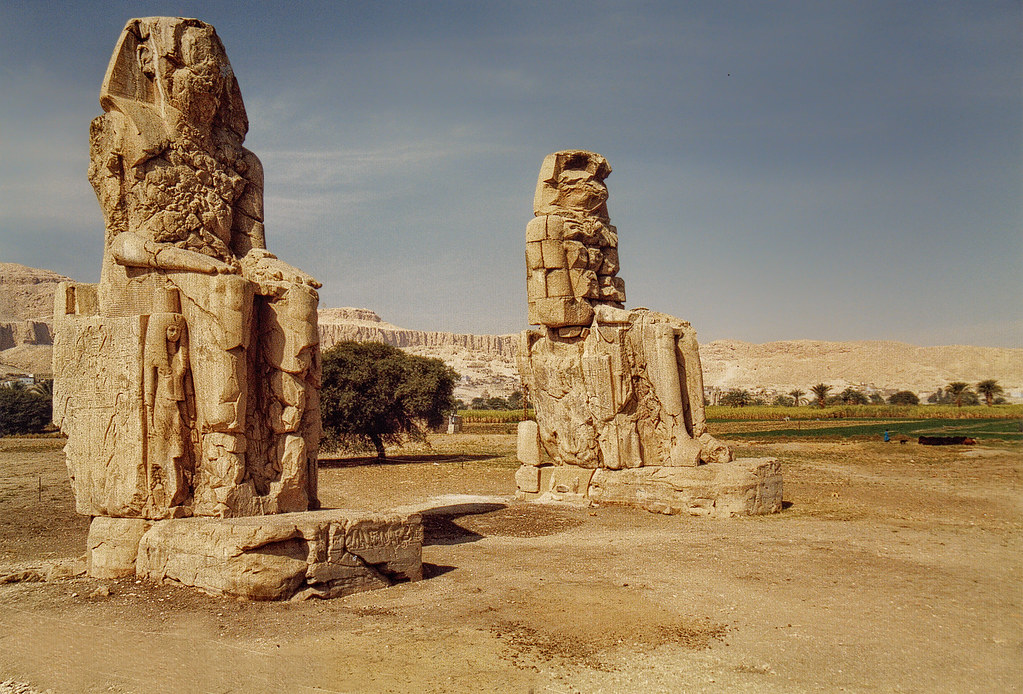
The urge to leave your mark on history can cost you years behind bars. An American arrested for defacing a sacred Tokyo shrine became the latest example of Japan’s struggle to cope with misbehaving visitors amid a boom in inbound tourism. Tokyo Metropolitan Police confirmed the arrest of a 65-year-old American on Wednesday on suspicion of carving alphabetical characters into the pillar of a torii gate of the Meiji Jingu Shrine on Tuesday. The man, identified as Steve Hayes, is accused of using his fingernails to scratch five letters into a torii gate at the Meiji Jingu shrine on Tuesday morning. Hayes said he was writing the name of a family member into the gate – which represents the border between the living and sacred worlds in the Shinto religion – as a prank, according to the police. An eighth-century Japanese temple and UNESCO World Heritage site in Nara Prefecture, Toshodaiji Temple, has been vandalized. The teen is being investigated on suspicion of violation the Law for the Protection of Cultural Properties. What might seem like harmless fun to tourists represents centuries of cultural heritage to locals, and authorities take these violations extremely seriously.
Pointing Your Feet or Fingers at Sacred Objects
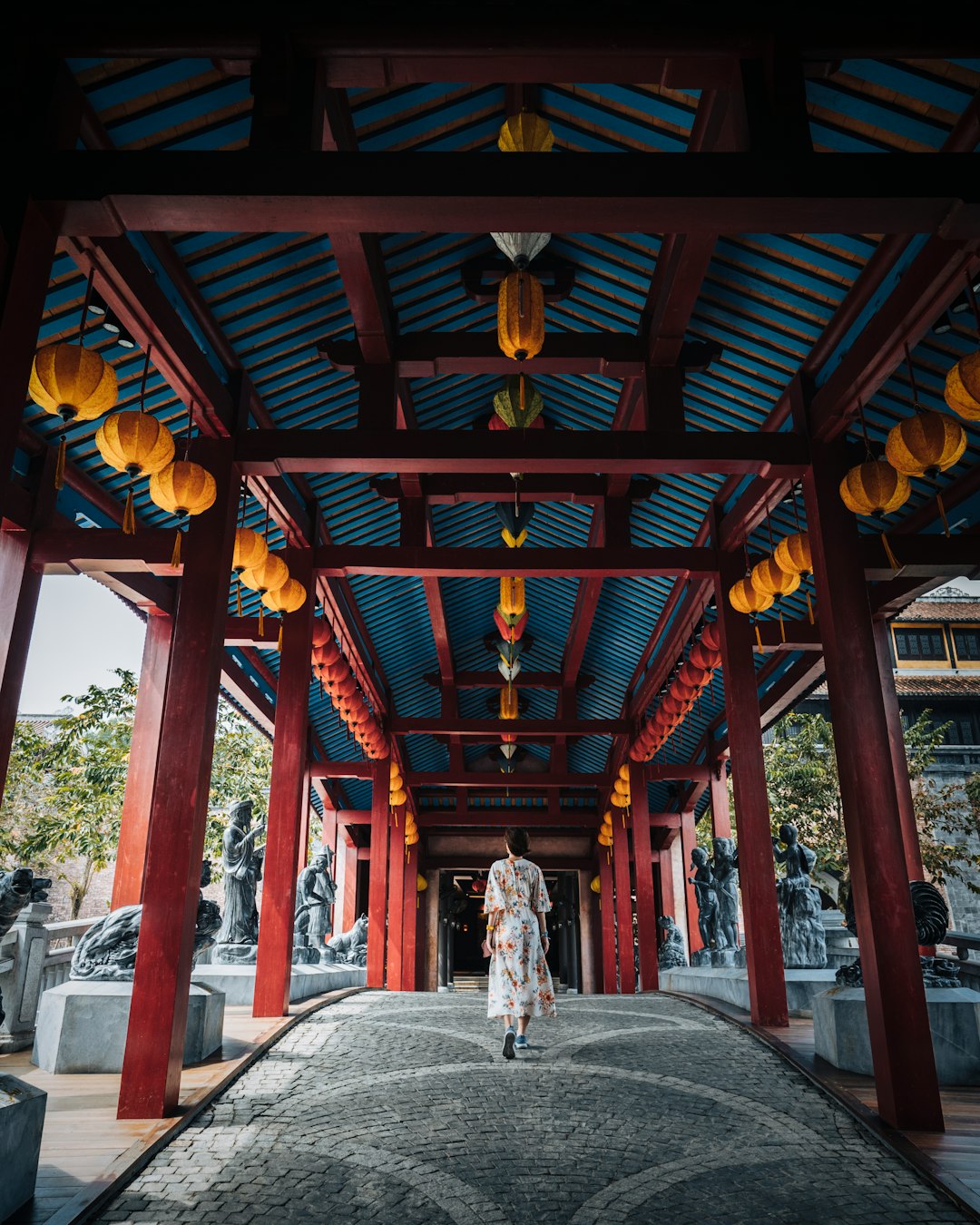
Your feet might be the most offensive part of your body in many temple cultures, and pointing them in the wrong direction can land you in serious trouble. Pointing at things or people around the temple is considered extremely rude. To indicate something, use your right hand with the palm facing upwards. When sitting, never point your feet at a person or image of Buddha. You should not point, either with fingers or feet, at a monk or Buddha statue or even other people. To indicate something, use the right hand with the palm facing upwards. Feet are considered the lower and dirty part of the body. Because of what they represent, it’s disrespectful to point them in the direction of other worshippers or of the Buddha. Sit crosslegged or kneel with your toes facing the back of the temple. In cultures where feet symbolize the lowest and dirtiest part of the human body, pointing them toward sacred images or people is like launching a spiritual insult. In Thailand, using feet to point at people or objects, particularly sacred objects is considered very rude.
Climbing or Touching Sacred Statues and Platforms
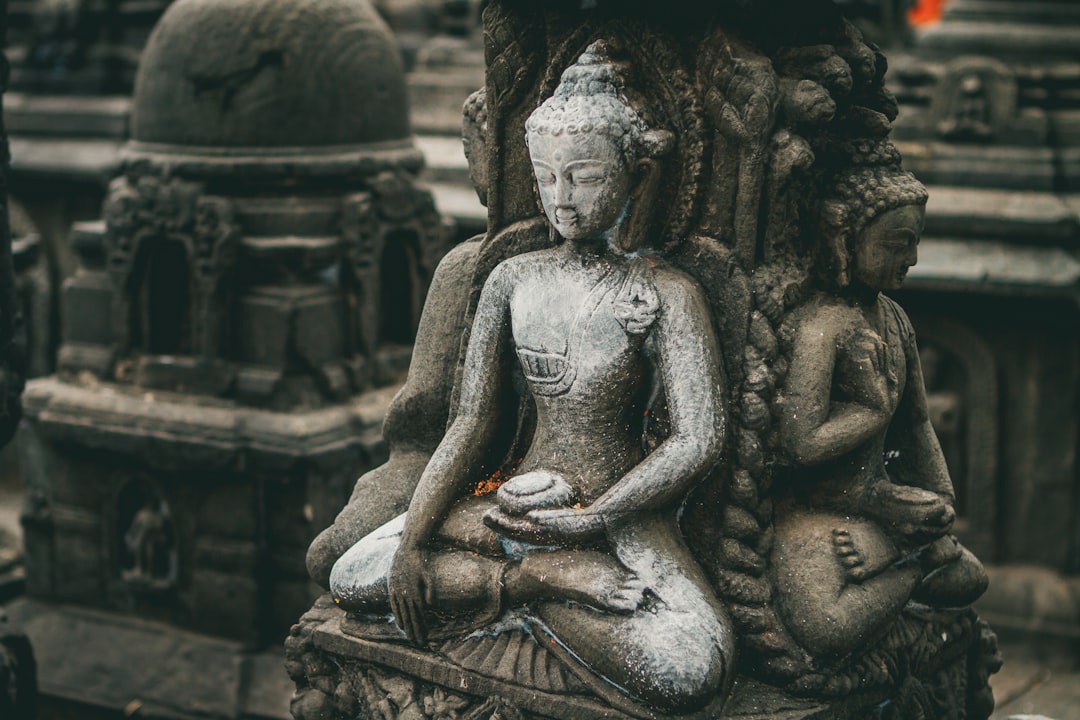
That tempting photo opportunity on the Buddha statue’s platform could become your last vacation selfie before jail time. Never touch, sit near, or climb on a Buddha statue or the raised platform the statue sits on. Do not raise yourself higher than the image of Buddha (e.g., sitting on the raised platform for a photo). Respect the Buddha Statues: Never touch, sit near, or climb on a Buddha statue or the raised platform. And in 2022, a tourist who climbed the steps of the Temple of Kukulcán, in the center of Chichen Itza in Mexico, was arrested and fined because climbing the Mayan ruins is prohibited, The Independent reported. These aren’t playground equipment — they’re sacred objects that have been revered for centuries. Temple authorities and local police don’t distinguish between innocent curiosity and deliberate disrespect when it comes to protecting these irreplaceable cultural treasures.
Wearing Shoes Inside Sacred Spaces
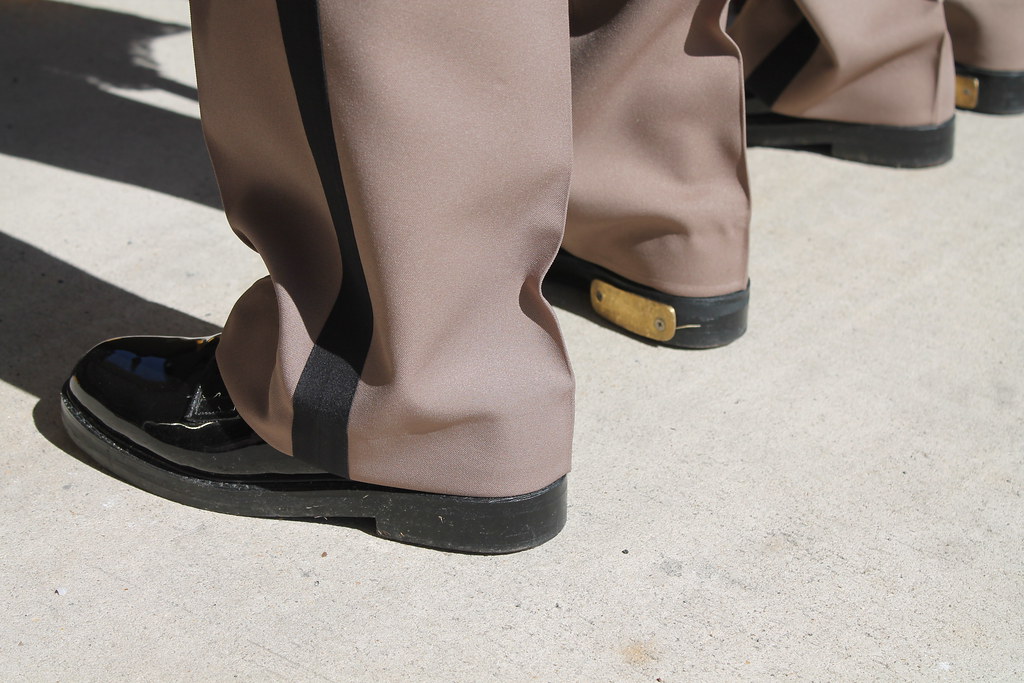
Walking into a temple with your dirty shoes on is like tracking mud through someone’s living room — except this living room is considered the house of the divine. Remove your shoes before entering the viharn unless already directed to leave them outside. Take off your shoes before entering the main buildings of the temple complex. Most temples will have a space for leaving your shoes. Shoes are dirty, metaphorically and actually. They’re covered with dust, mud or worse, and shedding them at the temple steps represents your intention to cleanse yourself physically and spiritually before entering this holy place. Remove your hat and shoes: Shoes should always be removed and left outside of the main worship area. The pile of shoes is an obvious indication of where to leave them. In many cultures, the ground outside temples is considered impure, and bringing that impurity inside is seen as contaminating sacred space. While you probably won’t get arrested for this alone, combining it with other violations can quickly escalate your situation.
Engaging in Inappropriate Behavior During Religious Ceremonies
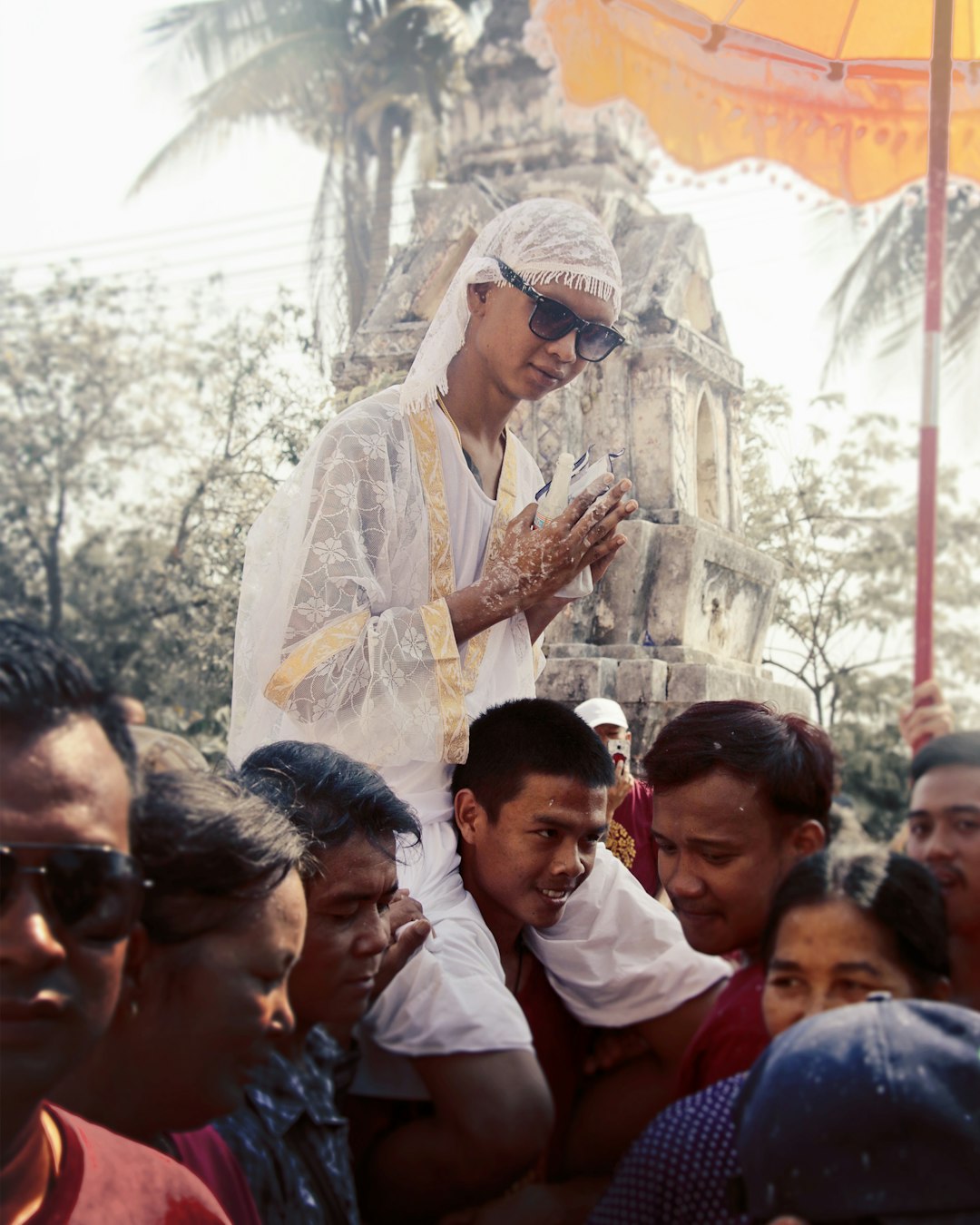
When local worshippers are deep in prayer and you’re treating the temple like your personal entertainment venue, you’re asking for trouble. As 10 foreigners found out, it appears dirty dancing can get you locked up in Cambodia. The arrests came in January 2018, after police raided a party at a villa in Siem Reap and found them “singing and dancing pornographically”. Photos released by Cambodian police show the fully-dressed tourists imitating sexual positions on the floor. The 10 foreigners were charged with producing pornographic pictures and materials, and face up to 10 years behind bars. Don’t be loud, goof off, or crack jokes. Many people come here for praying and meditating, so it’s better to avoid loud chatter and to keep your phone off or set on silent while visiting the temple. While this incident wasn’t technically inside a temple, it shows how seriously authorities in Buddhist countries take respect for sacred spaces and cultural values. What you consider harmless fun might be seen as deeply offensive behavior that warrants serious legal consequences.
Taking Nude or Provocative Photos at Sacred Sites
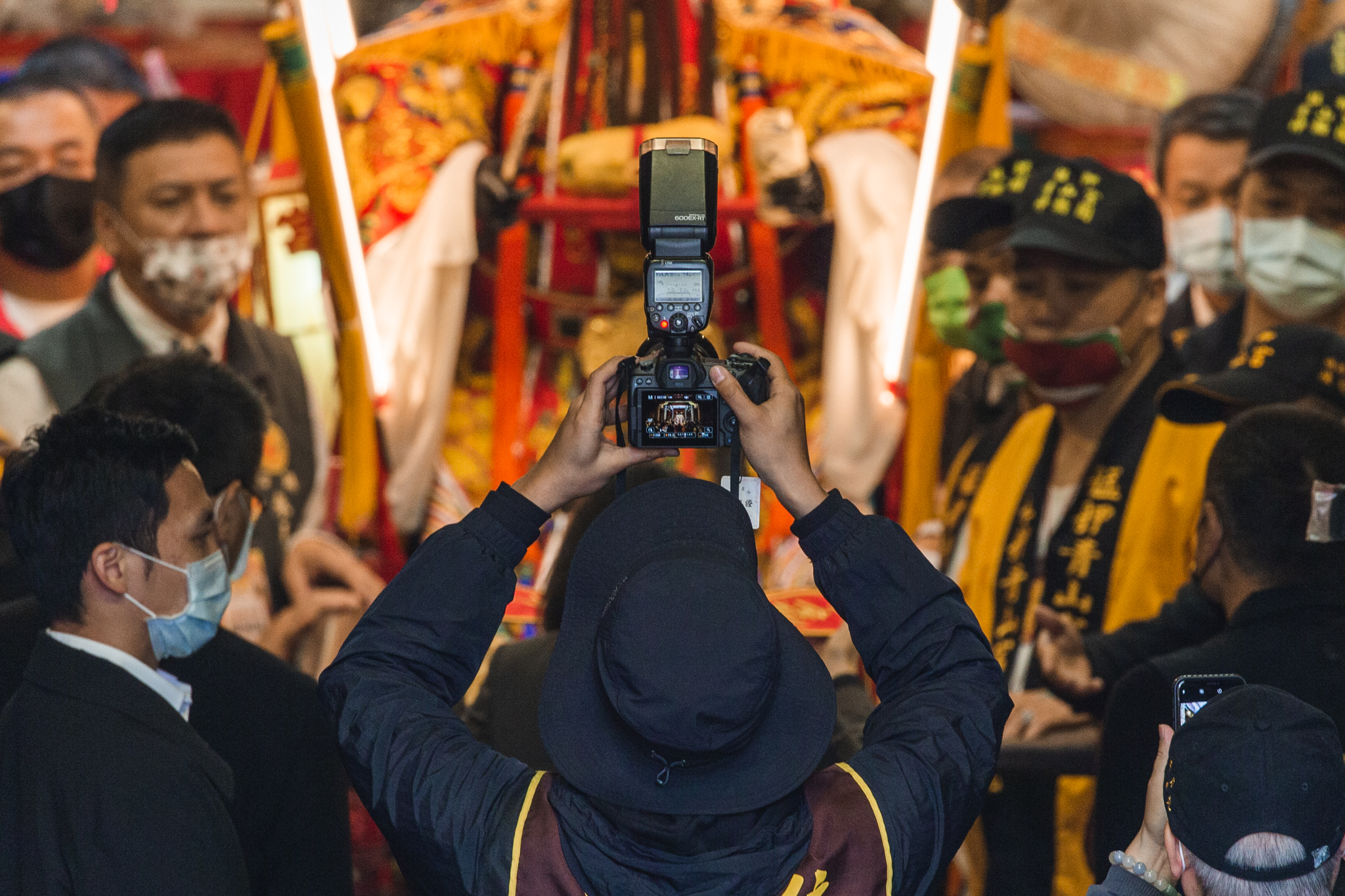
Stripping down for that “artistic” photo at an ancient temple site is a fast track to international headlines — and not the good kind. Here’s an activity that may see you escape time behind bars, but it will definitely result in you getting arrested and sharply booted out of the country, as several Westerners discovered. In 2015, a series of episodes saw five tourists strip down to their birthday suits and pose for photos at the sacred site – another definite no-no in this predominantly Buddhist country. Cambodian authorities have pushed back with increasing force against tourists who do not show the appropriate respect to the nation’s cultural treasures. At least three times in 2015, a group of tourists was arrested at the Angkor Archaeological Park for taking photos of themselves naked, Kaplan wrote. In 2017, Thai authorities fined two American tourists for public indecency for posing for a “butt selfie” in front of a famous Buddhist temple. Last month two American tourists were arrested and fined for public indecency after posing for a “butt selfie” at a temple in Bangkok. These aren’t just cultural misunderstandings — they’re deliberate acts that authorities view as desecration of sacred spaces.
Your innocent temple visit doesn’t have to become an international incident. Remember, these sacred spaces aren’t tourist attractions designed for your entertainment — they’re living, breathing centers of faith where millions come to find peace, pray, and connect with something greater than themselves. The monks sweeping those temple steps aren’t cleaning for show; they’re often removing insects so no one accidentally steps on them, reflecting the deep compassion that defines these places. When you respect their rules, you’re not just avoiding arrest — you’re participating in something beautiful and ancient that connects cultures across the world. So next time you’re standing before a golden Buddha or walking through a centuries-old temple gate, ask yourself: am I here as a respectful guest or just another tourist looking for the perfect selfie? What would you have guessed could get you in such serious trouble?






